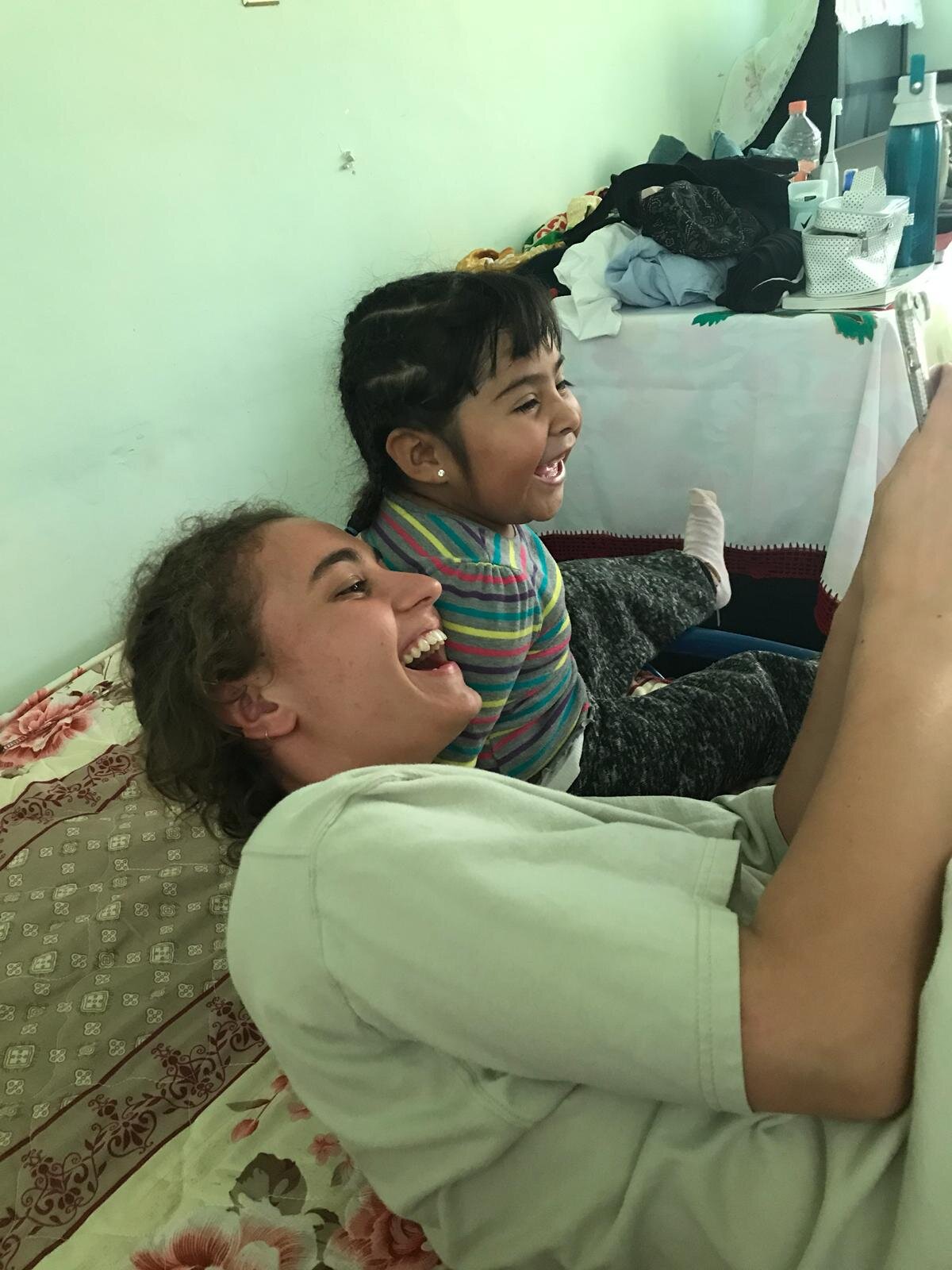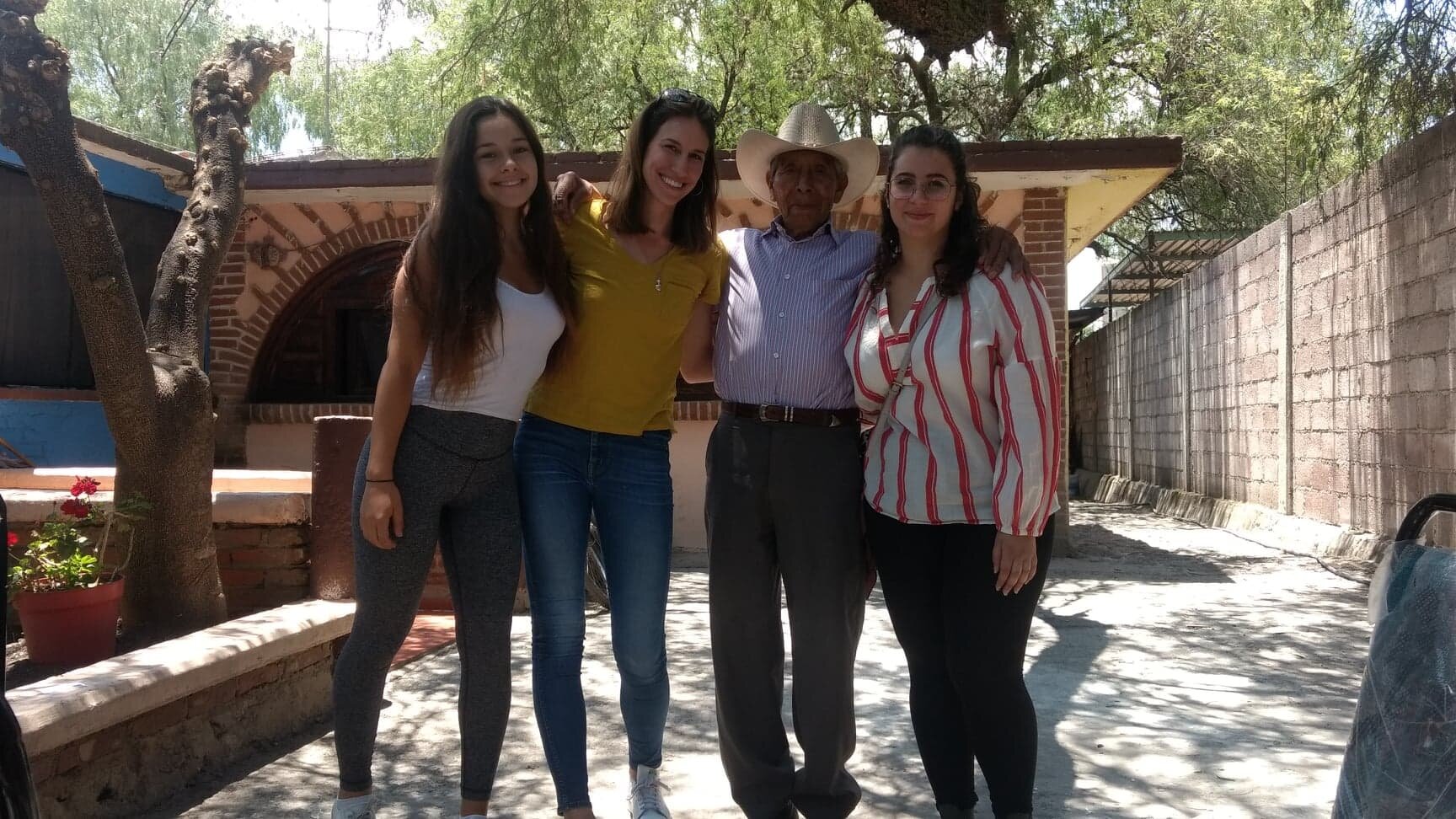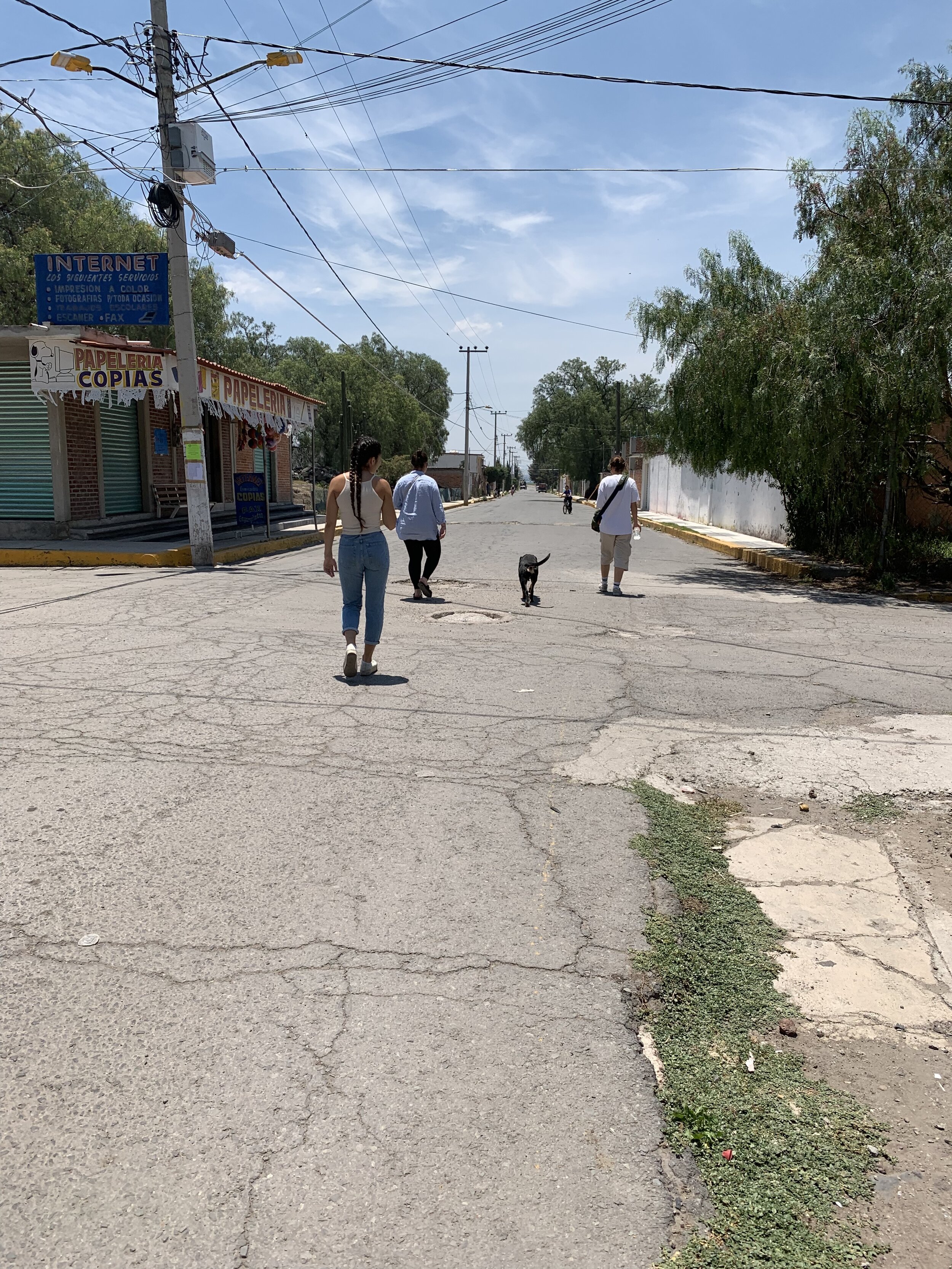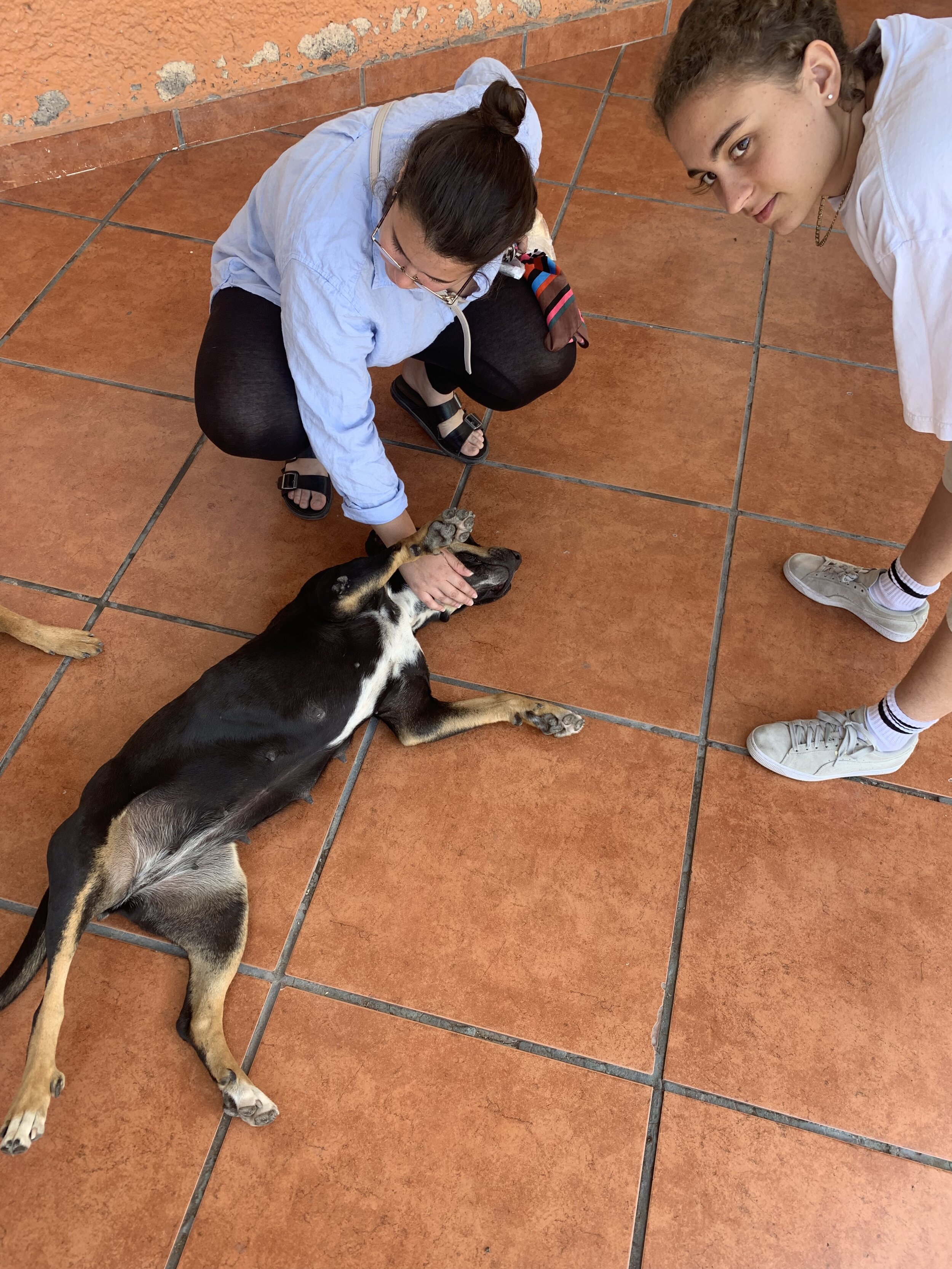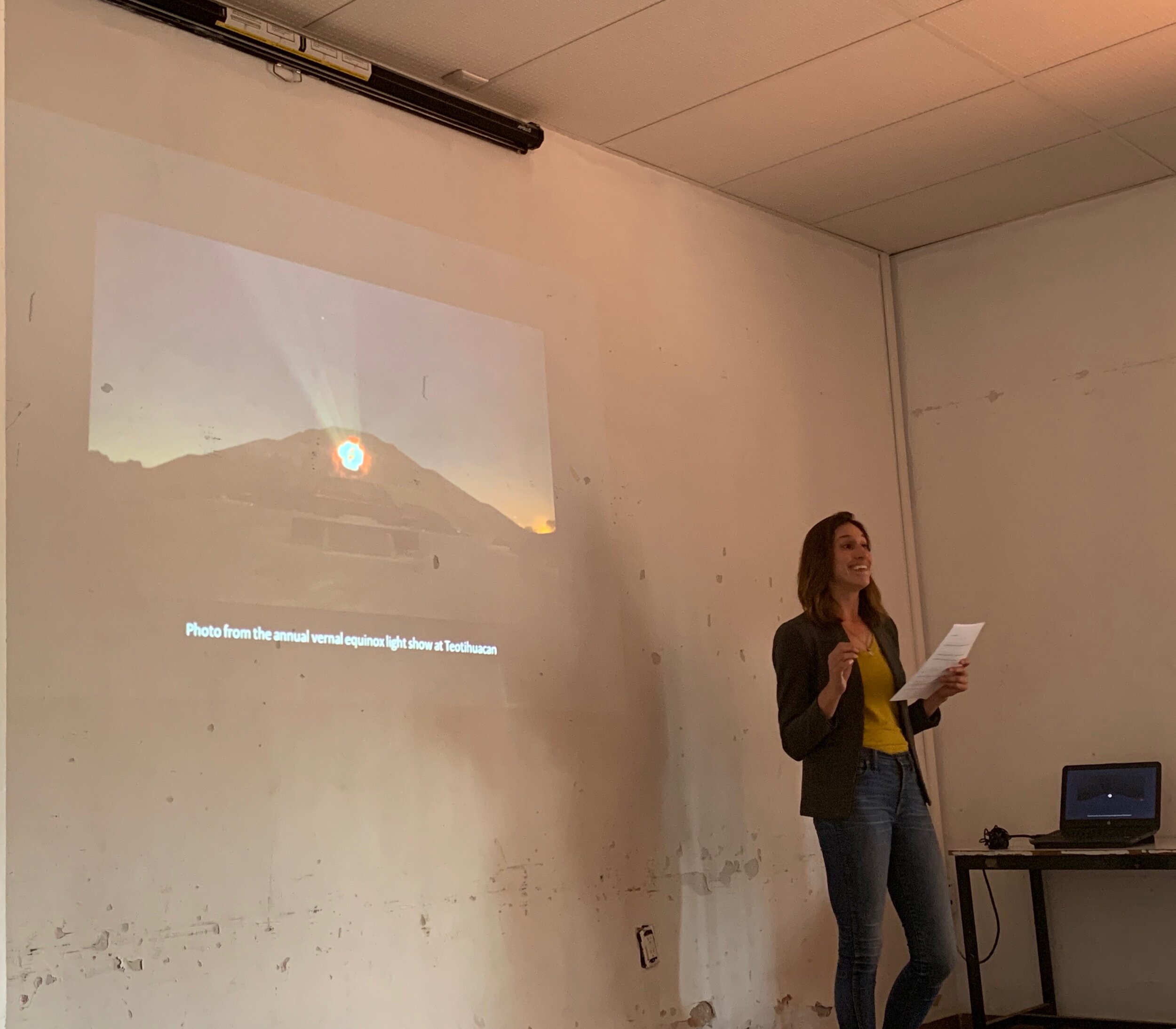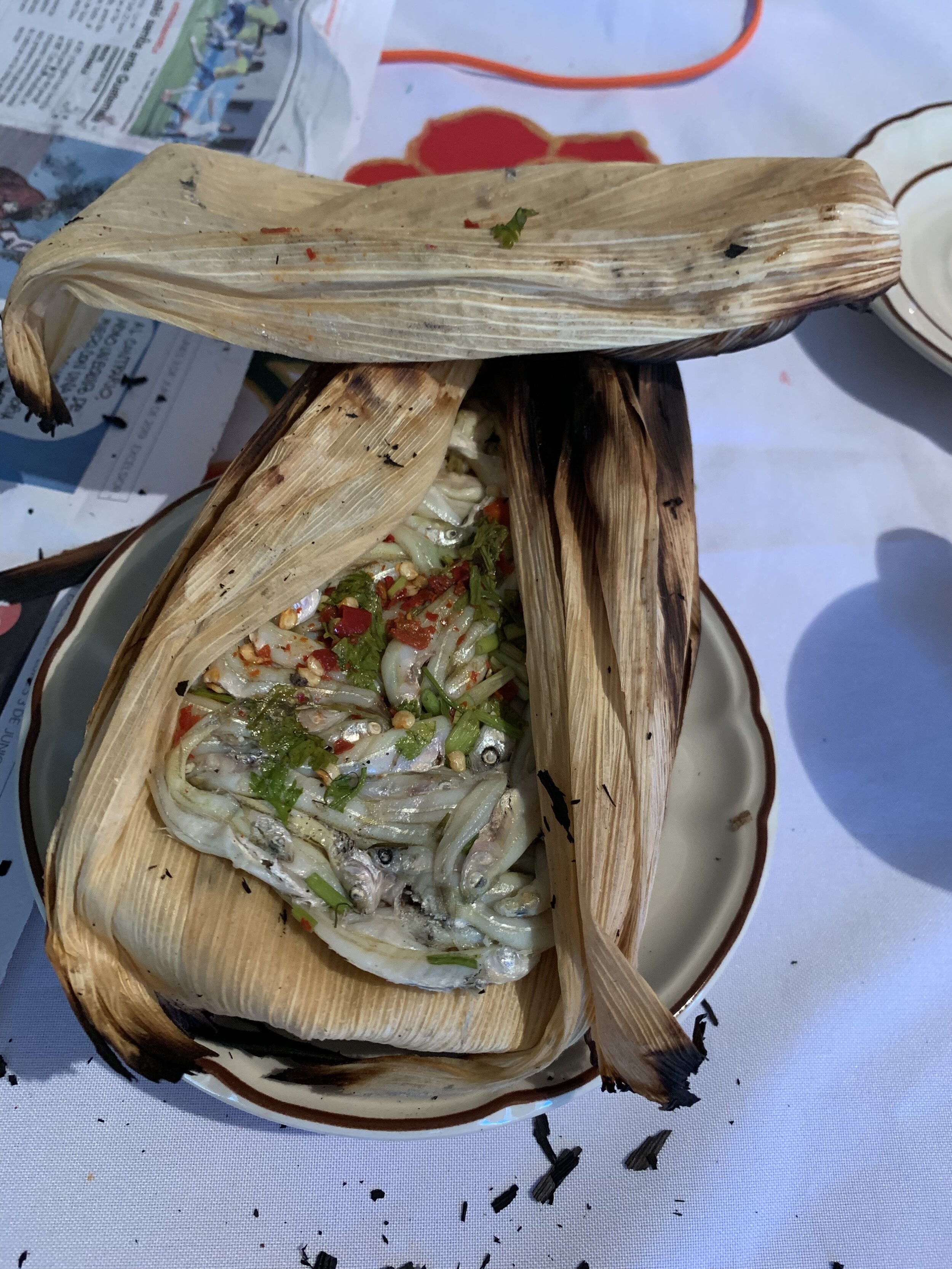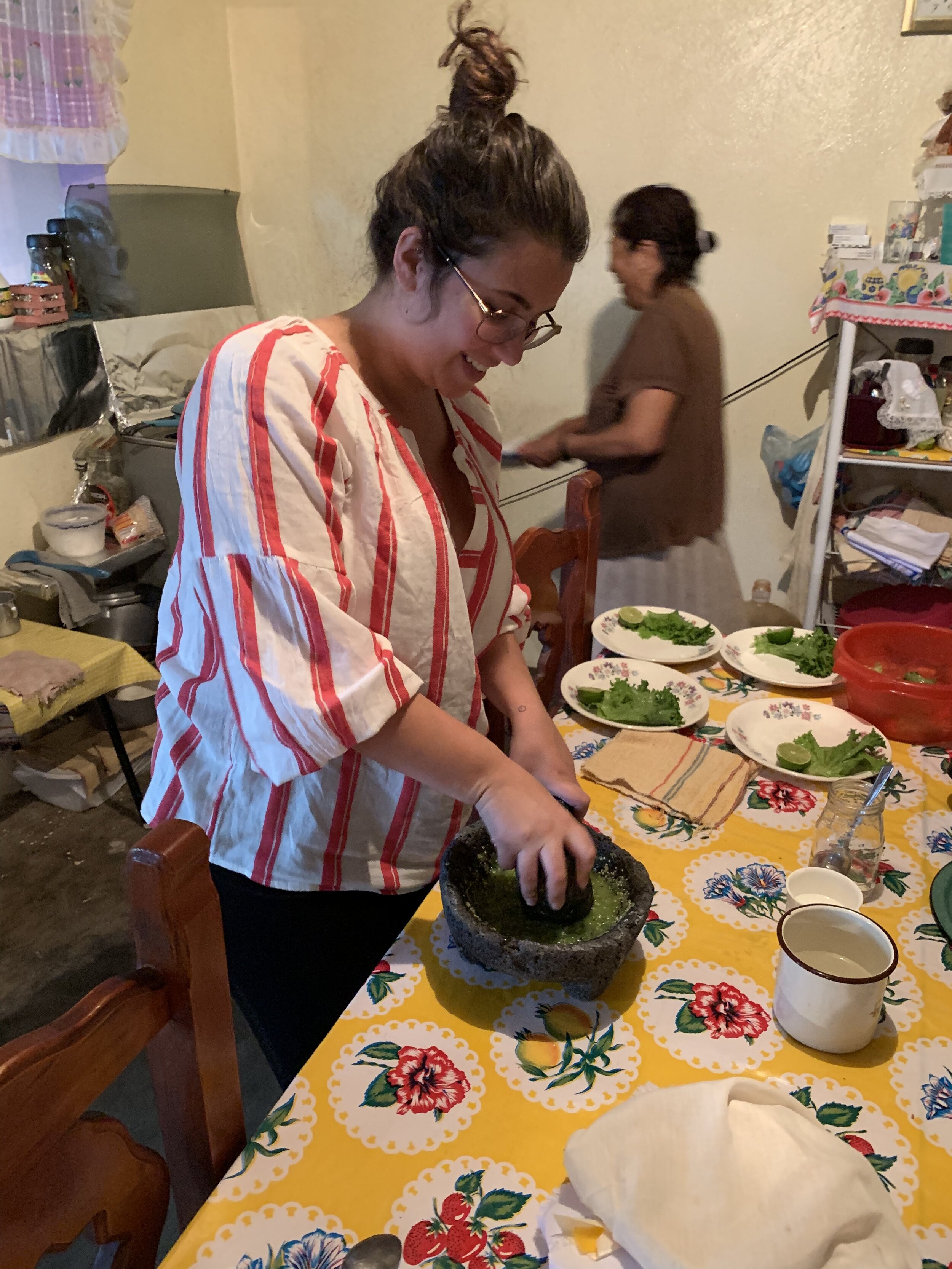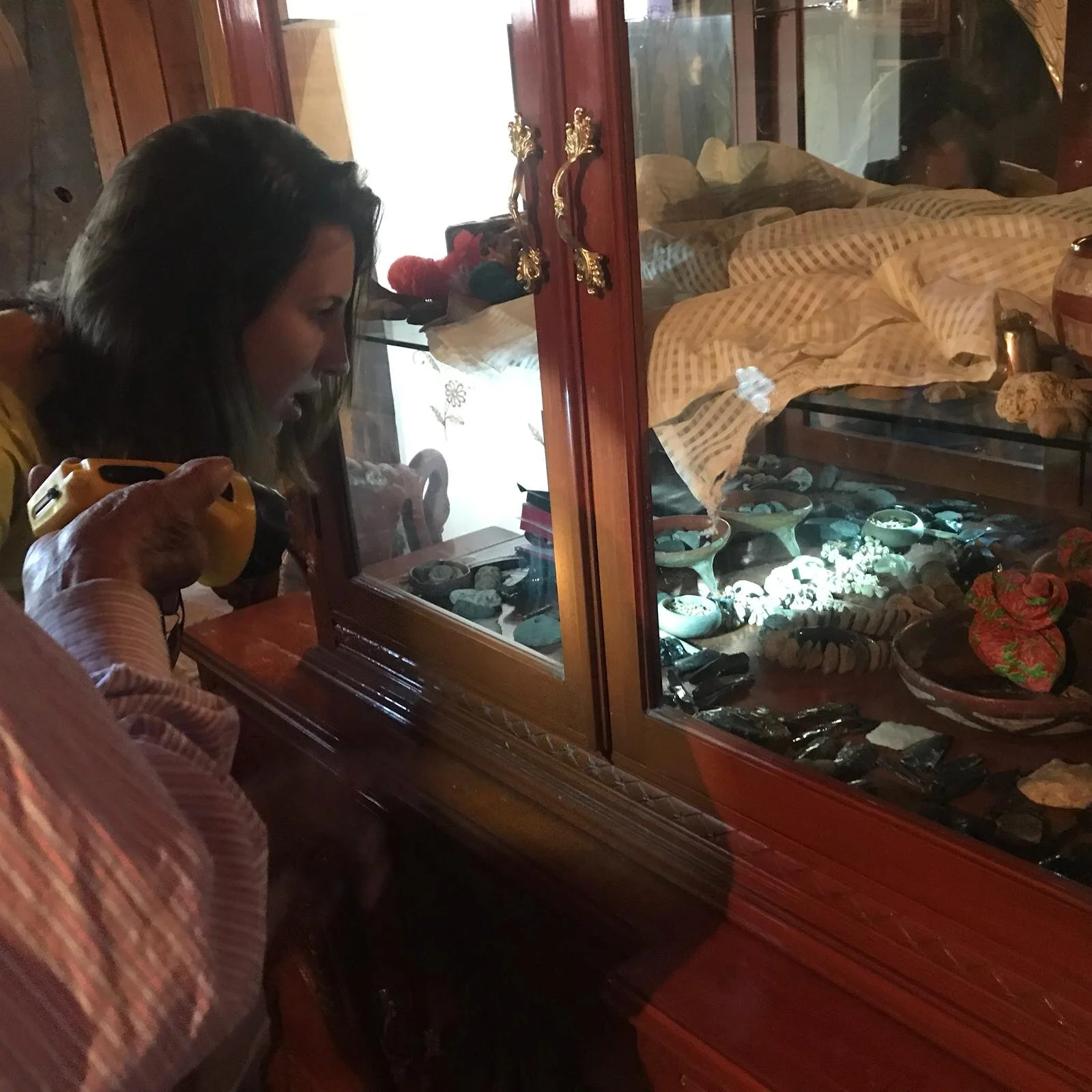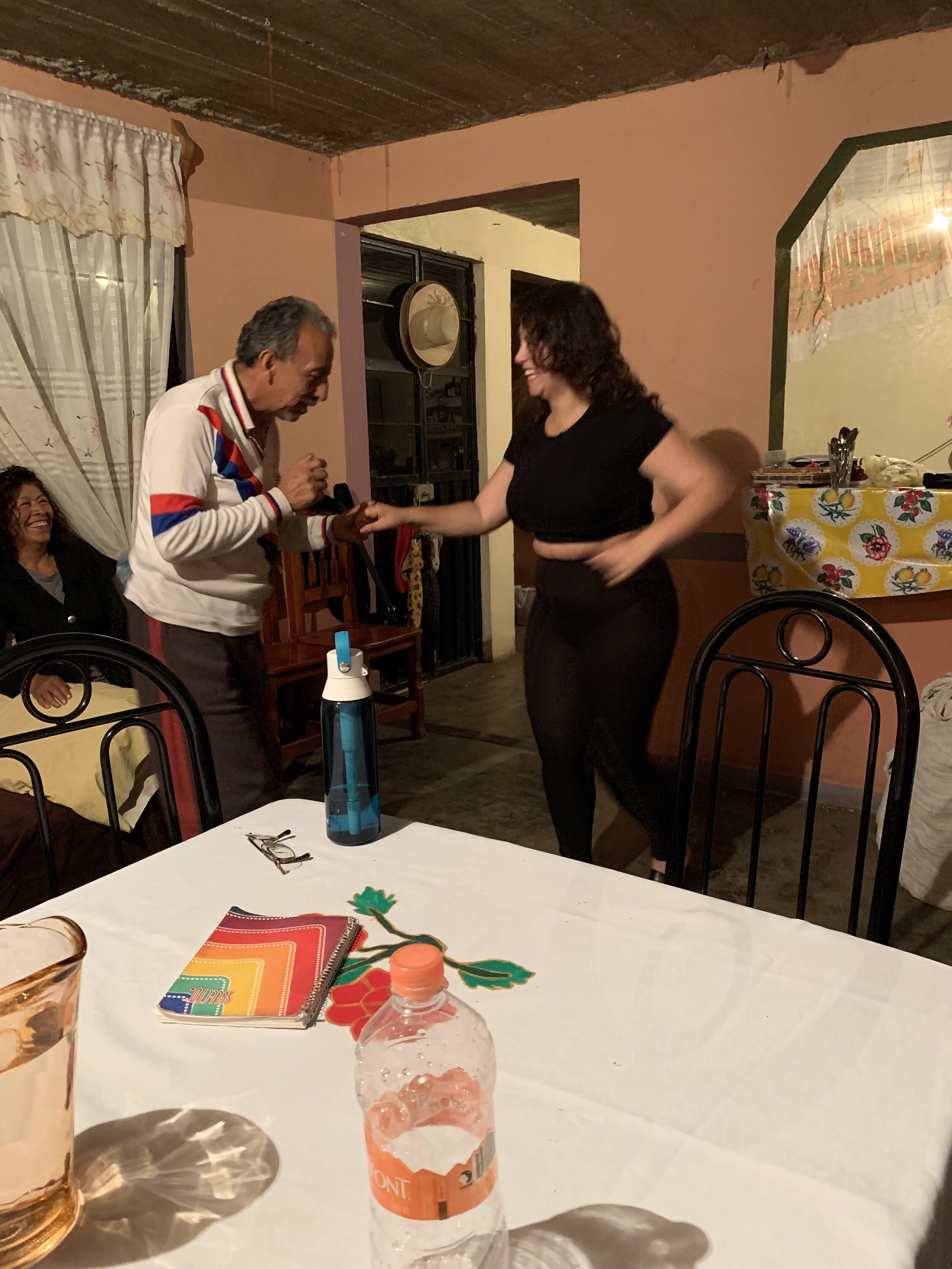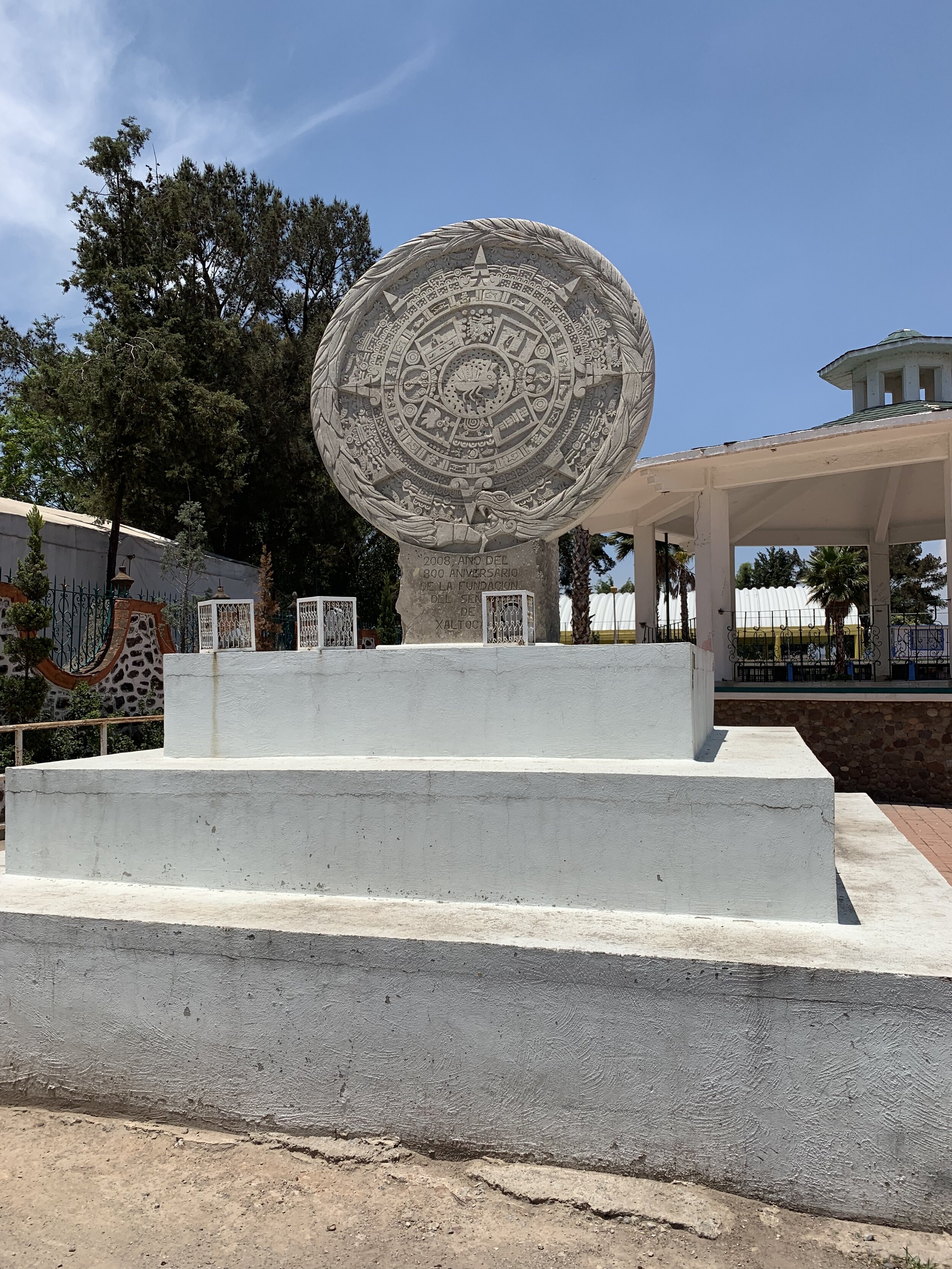About the Project
USC students Katya Perez and Maria Camasmie interview lifelong resident of Xaltocan, Alejandro Sanchez Gonzalez, about his identity and patrimony in relation to where he lives.
Proyecto Patrimonio Xaltocan (PPX) is a research project I direct in the small town of Xaltocan, Mexico (Estado de Mexico). The goal of this research is to better understand how longtime residents of Xaltocan define their heritage in relation to where they live and how archaeological research at Xaltocan has contributed to this process. I hypothesize that the Prehispanic legacy of Xaltocan has played an important role in shaping how residents of Xaltocan people think about their identity and heritage. The project is also aimed at gaining a deeper understanding of what people living in Xaltocan want from future archaeological projects, and data gleaned from this project will ultimately be used to inform the design of a sustainable, community-engaged archaeological project in Xaltocan. This is of particular interest to me because I have worked in Xaltocan for nearly a decade as an archaeologist, and have observed the various ways in which Xaltocan’s modern residents have honored their town’s patrimony. Some examples include monuments, community organizations, annual festivals, educational outreach, and the establishment of an archaeology museum (Museo Nextlalpan) and cultural center (Casa de Cultura-Xaltocan).
Dr. Farah, USC student Katya Perez, and local collaborator Isidro Sanchez interview life-long resident of Xaltocan, Don Daniel Martinez, nicknamed the “Grand Tlatoani” of Xaltocan.
Proyecto Patrimonio Xaltocan is designed as a multifaceted research project. Beginning in Summer 2019 we conducted filmed interviews aimed at learning how long-time residents of Xaltocan think about their heritage and how it has or has not been impacted by recent archaeological research. We are currently in the process of editing footage collected this summer in order to create a film that succinctly summarizes our data. This film is still a work in process, but when complete it will be gifted to the museum in Xaltocan to retain for archival and educational purposes.
USC student Lilah Mehri shares her photos with the family of Juan Paredes Sanchez after an interview.
More Than Just Research
Collaborations often open doors to new avenues of research, but they also lay the foundation for lasting friendships. I have worked in Xaltocan for a decade, but it was a pleasure for me to witness my students experiencing this special place for the first time. Below are pictures of some of our experiences in Xaltocan. To learn more about my students’ experiences check out blog posts by Katya Perez and Lilah Mehri. A story by Katya Perez about her experience in Mexico will also be featured in the Winter 2019 issue of Trojan Family Magazine.
Future Research
Our interviews this summer were deeply informative. While we learned a great deal about current sentiments surrounding archaeology, identity, and patrimony at Xaltocan, we also learned more about some of the other issues currently impacting modern residents of Xaltocan. In particular, we learned about growing concerns over access to natural resources, especially water, as infrastructure around the town is crumbling and not being repaired. There is also growing excitement and apprehension about the construction of the new airport, which will be located in very close proximity to Xaltocan. Many are excited by the prospect of new jobs and a possible influx of tourists, while others are more skeptical of the negative impacts the construction might bring. Also, and as has always been the case, sprawl emanating out of Mexico City continues to impact community dynamics in Xaltocan, especially as new populations move to the outskirts of town, and younger Xaltocan natives increasingly find jobs in the city. We will continue to explore these topics Summer 2020. We will also start working with a local committee to plan excavations in Xaltocan’s central precinct to begin summer of 2021. We are also excited to be collaborating with Mexican colleagues to begin work on a virtual museum project in Xaltocan. Please stay tuned for more information. There are numerous opportunities to collaborate on this research. If you are interested please don’t hesitate to contact me.




